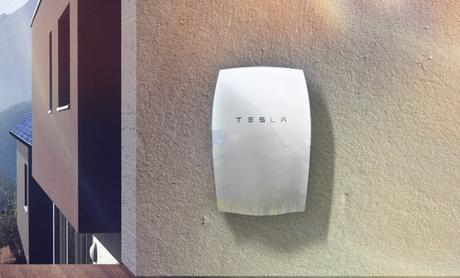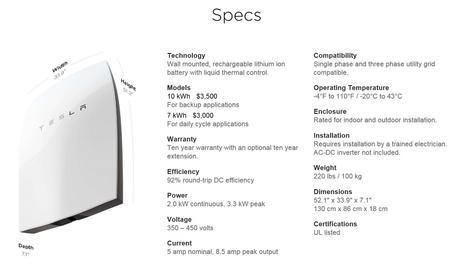This April, Musk announced the release of Powerwall, a residential solar battery that charges and stores solar energy for use during off-peak hours. Looking back on Musk’s recent work with SolarCity, this bold move should be no surprise.
Musk’s First Solar Endeavor
Lyndon and Peter Rive founded SolarCity in 2006 with the recommendation (and financial support) of their wildly successful cousin, Elon Musk. The company subsidizes solar energy costs by installing residential solar panels for free and letting homeowners simply pay for the energy they use, essentially “leasing” the panels, while SolarCity provides consultative support on how to consume less. Having Musk’s stamp of approval on the project helped introduce this concept to the mainstream market and validate the technology behind SolarCity.
SolarCity and similar solar leasing arrangements are making green power accessible and affordable to the average consumer for the first time in history. This clean alternative to fossil fuel consumption comes at a time when climate change and environmental concerns are at the forefront of our political and social discussions, making its entry into the market a pivotal success.
Powerwall – The Future of Solar Electricity?

Less than a decade later, Musk is taking the next step. Aside from cost, the biggest limitation of solar energy is people’s’ need to consume power even when the sun isn’t shining. Mornings, evenings and cloudy days limit the viability of powering homes solely with the sun. The Powerwall can change that.
Although Powerwall is not the first solar storage battery, its small size and efficient, wall-mounted design make it more practical than its predecessors. Sharing the Tesla name doesn’t hurt either. Powerwall offers 10kWh weekly cycles and 7 kWh daily cycles per battery, that can be stacked together to store up to 90 kWh total. The batteries provide a source of energy for off-peak hours, power outages, and emergencies that complement the use of solar panels. For more information on the batteries and the Powerwall’s kWh, CleanTechnica has done some fantastic number crunching on the topic.
How Powerwall Will Change the Market
Powerwall augments solar energy’s potential by allowing users to siphon energy from their batteries for longer periods of time. Although the average home requires the energy of two or three batteries to run for extended periods of time, Powerwall is the first viable solution that allows consumers to run their home purely on clean energy.

As this technology evolves, traditional power providers who bring electricity generated from burning coal and natural gas into homes, will need to respond with a more cost-effective and green alternative – or, according to Columbia Gas, risk losing market share. Musk is known for championing projects to raise awareness and inspire change beyond his own immediate financial gains, and Powerwall is no exception. The battery is more than an energy solution: it is a challenge to the market to find and promote renewable power sources.
The Start of an Energy Revolution?
From a global perspective, broad adoption of solar energy storage and use will raise awareness around environmental issues and disrupt the current monopoly energy providers enjoy. For homeowners, it can mean dramatically lower energy costs and lifelong freedom from fossil fuels and energy providers, something that can appeal to many aside from the wealthy and environmental warriors.
Powerwall’s arrival in the market signals the beginning of a new era of energy and may soon be as common as the batteries used in cell phones and appliances. What was once the content of science fiction novels – Musk’s favorite genre growing up – is now a reality and will, without question, change our future. It also seems that people are quickly adapting to this change of pace as evidenced by the fact that the Powerwall is sold out through 2016.
About the author -:
Beth Kelly is a freelance writer and blogger. Born and raised in Michigan, she moved to Chicago to attend DePaul University where she graduated with a BA in Communications and Media. She lived in Krakow, Poland briefly before moving to South Korea to teach English. Follow her on Twitter

